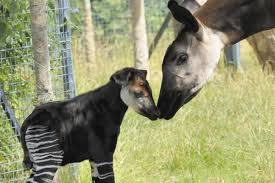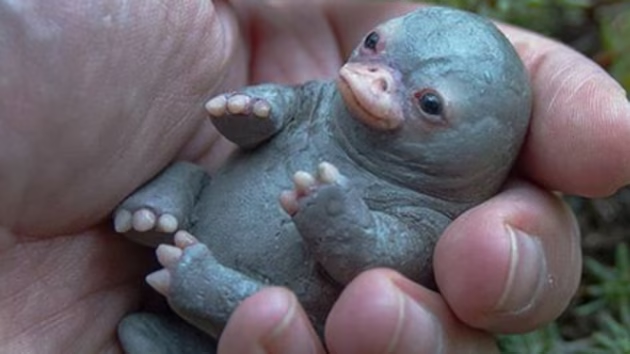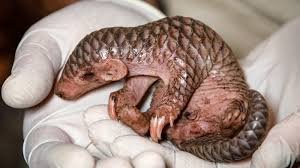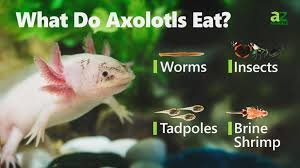
baby okapi
The baby okapi is one of the most mysterious and enchanting young animals of the African rainforests. Often referred to as the “forest giraffe,” the okapi is a close relative of the giraffe, though its zebra-like stripes may initially confuse observers. Baby okapis are rarely seen in the wild due to their elusive behavior and the dense environments they inhabit. This secrecy has led to limited but fascinating insights into their development, growth, and survival strategies. Understanding the life of a baby okapi not only gives us a glimpse into a unique evolutionary story but also highlights the importance of conserving this endangered species.
Origins and Classification
The okapi, scientifically named Okapia johnstoni, belongs to the family Giraffidae, sharing ancestry with the giraffe. Despite differences in appearance, baby okapis exhibit several traits that remind us of their tall cousins. Like giraffe calves, they are born after long gestation periods and display rapid early growth. Baby okapis are found exclusively in the Democratic Republic of Congo, where thick rainforests protect them from predators and human disturbance.
Birth and Early Life
A baby okapi is born after a gestation period of about 14 to 16 months. At birth, the calf usually weighs between 14 to 30 kilograms and is already able to stand within 30 minutes. This ability is crucial in the wild, where survival depends on quick adaptation. Interestingly, unlike many hoofed animals that immediately follow their mothers, baby okapis spend most of their early weeks in a “nesting” phase. During this period, the calf hides quietly in vegetation while the mother visits occasionally to nurse and clean it. This strategy significantly reduces the risk of attracting predators such as leopards.
Physical Appearance of Baby Okapis
The physical features of a baby okapi are nothing short of mesmerizing. Their bodies are covered in velvety reddish-brown fur, with striking white horizontal stripes on the legs and hindquarters that act as natural camouflage. Unlike giraffes, okapis have relatively short necks. Baby okapis are born with small ossicones (skin-covered horn-like structures), which remain flat against the head during the first months. These later grow more prominent in males. Their large, rounded ears give them excellent hearing, allowing them to detect sounds of danger in the dense jungle.
Feeding and Diet
During the first six months of life, a baby okapi relies primarily on its mother’s milk. Nursing occurs in short, infrequent sessions, ensuring minimal noise and scent exposure to avoid predators. As the calf grows, it begins nibbling on solid foods such as leaves, buds, ferns, and fruits. The okapi’s long, prehensile tongue, which can reach up to 18 inches, helps the young calf grasp vegetation just as adults do. By the age of one year, a baby okapi is fully weaned and able to sustain itself on the diverse rainforest flora.
Social Behavior and Mother-Calf Bond
One of the most fascinating aspects of baby okapi behavior is its bond with the mother. The calf spends long hours in solitude, hidden from view, but every interaction with the mother is marked by deep affection and careful attention. Mothers frequently groom their calves, licking them clean to eliminate scent trails that might alert predators. This maternal care also strengthens emotional bonds. Unlike many herd animals, okapis are largely solitary. This makes the mother-calf relationship the most important social bond in a young okapi’s life.
Growth and Development Milestones
Within the first week, a baby okapi can walk steadily. By two months, it begins exploring its surroundings more confidently. At around six months, the calf starts practicing feeding independently. By the age of one year, young okapis become increasingly independent, though some may remain near their mothers for up to two years. In captivity, where researchers can closely observe their growth, baby okapis demonstrate remarkable intelligence, curiosity, and adaptability. Their playful behavior includes running in circles, mock fights, and exploring new objects with their tongues and noses.
Baby Okapis in the Wild vs. Captivity
In the wild, studying baby okapis remains challenging due to the animal’s secretive lifestyle and the dense forests it inhabits. Most detailed observations come from zoos and conservation centers. For instance, the first successful birth of an okapi in captivity occurred in the early 20th century, sparking worldwide interest in the species. Today, breeding programs in facilities such as the San Diego Zoo and the Smithsonian National Zoo play a vital role in understanding baby okapi health and development. Captive-born calves also serve as ambassadors, raising public awareness about their wild relatives.
Threats to Baby Okapis
Although a baby okapi’s natural camouflage and quiet nesting behavior offer protection, they still face significant threats. Habitat loss due to logging and mining has severely reduced the rainforest areas where they live. Poaching, while primarily targeting adults, can indirectly endanger calves who depend on their mothers for survival. Moreover, armed conflicts in the Democratic Republic of Congo have disrupted conservation efforts and further destabilized okapi populations. These challenges highlight the urgency of protecting young okapis to secure the species’ future.
Conservation Efforts
Several organizations are dedicated to preserving okapis and their habitats. The Okapi Conservation Project, founded in 1987, works tirelessly within the Congo’s Ituri Forest to ensure the survival of wild okapis. Their initiatives include anti-poaching patrols, community engagement, and research programs. Zoos worldwide also collaborate in breeding and conservation efforts, sharing genetic information to maintain healthy populations. Visitors can learn more through resources like World Wildlife Fund, which provide updates on conservation status and actionable steps for the public. Baby okapis, being symbols of renewal and hope, remain central to these initiatives.
Symbolism and Cultural Importance
Among local communities in the Congo, the okapi is considered a mysterious and revered creature. Its shy nature and unique markings inspire respect and even mythological associations. Baby okapis, as fresh embodiments of this rare species, symbolize purity and the delicate balance of life in the rainforest. Globally, they have become icons of biodiversity conservation, reminding people of the hidden wonders that still thrive in remote corners of the Earth.
Fascinating Facts About Baby Okapis
- A baby okapi remains in hiding for about 6 to 8 weeks, longer than most hoofed animals.
- Calves produce very few vocalizations, which helps them remain undetected by predators.
- The stripes on a calf’s legs are unique, much like human fingerprints, allowing mothers to identify their young.
- Baby okapis grow quickly, doubling their weight within the first two months.
- Despite their resemblance to zebras, okapis are more closely related to giraffes than to any other species.
The Future of Baby Okapis
The survival of baby okapis depends heavily on global awareness and conservation action. Protecting rainforests, supporting conservation organizations, and reducing human-induced threats are essential steps. Baby okapis represent not just the future of their species but also the health of the ecosystems they inhabit. Every successful birth in the wild or captivity is a small victory against extinction.
Conclusion
The baby okapi is more than just a rare calf hidden in the heart of Africa; it is a symbol of resilience, adaptation, and natural beauty. From its secretive nesting behavior to its striking stripes and the profound bond with its mother, every aspect of a baby okapi’s life tells a story of survival against the odds. While challenges such as habitat destruction and poaching threaten their existence, conservation efforts continue to provide hope. By learning about and appreciating these young creatures, we take a step toward ensuring that future generations will witness the quiet majesty of the baby okapi.






